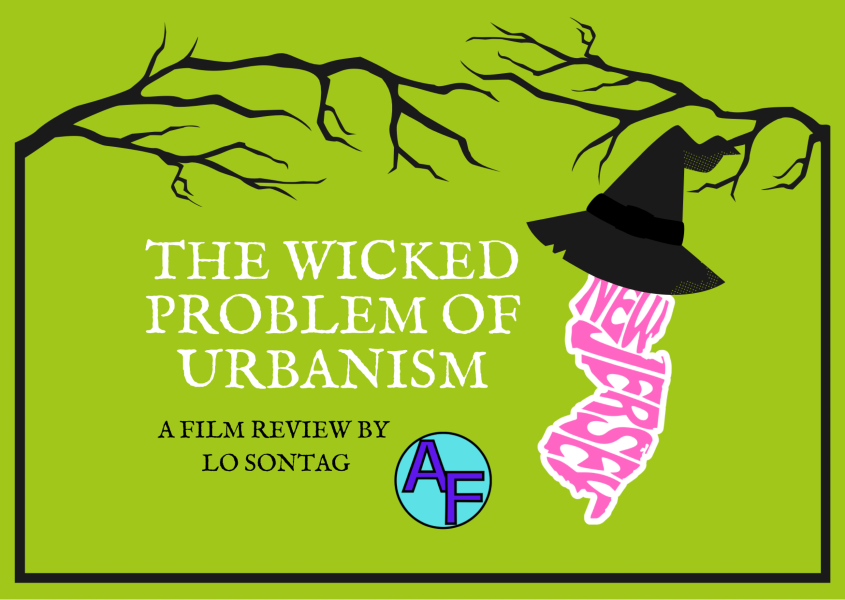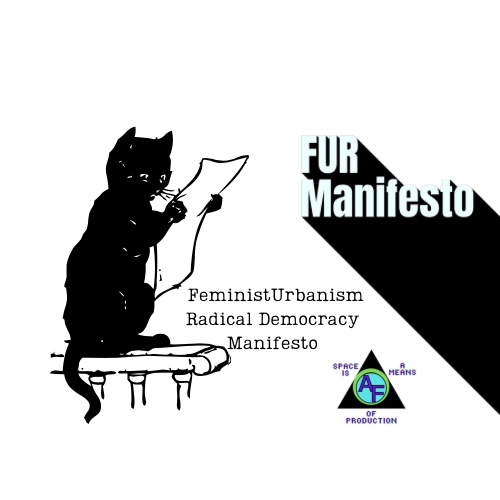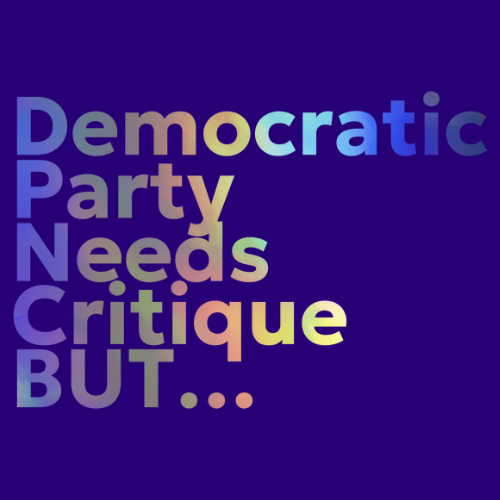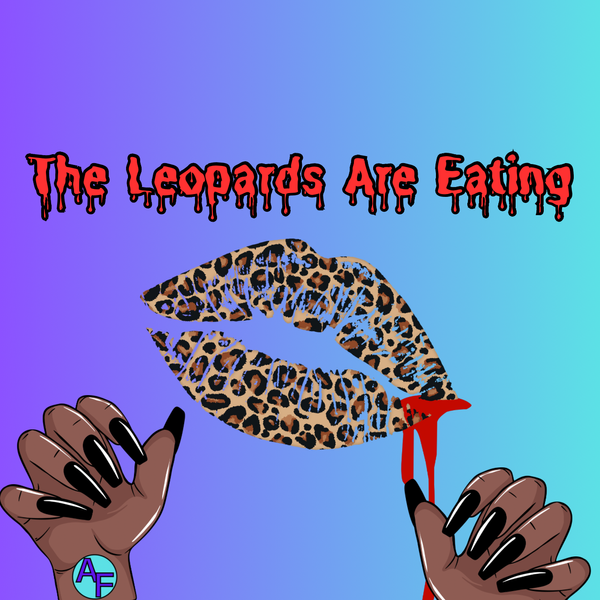The Wicked Problem film review

I watched “Wicked” in the most urban state in the United States—New Jersey—in the county of Essex which reminds one of a city in one of the most trendy urban places in the U.S.—Montclair. The City of Montclair's tagline is "Where the suburb meets the city," which I have to assume is referencing Manhattan. As an Angelina (grrrl from LA), I'm still learning all the winks and secret codes here.
As an urban critic, when I heard about the release of the film “Wicked,”my mind immediately went to Ritter & Webber's “Wicked Problems” (1973). For a long time in the U.S., "urban" has been synonymous with "Wicked Problems" and the early 20th-century colloquial use of the word "wicked." “Wicked Problems” are where "those people" live, the ones of a different color and with different lives. "Those people" are often Black people. Of course, technically, "urban" is just a description of a geographic space. However, like every label, it is a bit more than a descriptive definition. There are nuances, contextual alternatives, and subtexts.
Elphaba is green —with a silent snarl.
&
Montclair is a suburb damnit.
So a suburb of Newark?
How dare you, you LA weirdo.
In New Jersey, Montclair deceptively portrays itself as suburban. That is incorrect by the technical definition of suburban, which looks at development and density; Montclair is urban. Suburban has various definitions one is 1,000 people or less per square mile; Montclair exceeds that by six times at 6,500 people per square mile. They might state South Montclair, which is historically Black is urban and "street," but the rest of Montclair, absolutely not. (By the way, South Montclair is pretty similar to the rest of Montclair, walkable, pleasant, with a cute coffee shop, just more Black people own homes there.)
But we're never speaking of technical definitions when in New Jersey.
In the U.S., when we say urban, like when we say wicked, we aren't engaged in facts. We're involved in truthiness (to quote Montclair resident Stephen Colbert)—the feeling propaganda elicits when decorated in lies and sprayed out the side of one's mouth. Remember, the best lies are the ones you believe in your heart. All you have to do is say, "Montclair is a nice suburb," and click your Christian Louboutin heels together three times.
The “Wicked” film directed by Jon M. Chu, starring Ariana Grande-Butera as Glinda and Cynthia Erivo as Elphaba is a very sophisticated and gorgeous rendition of Gregory Maguire’s homage of the same name to Dorothy’s arch nemesis, The Wicked Witch of the West —reimagined as a revolutionary. It is based on the book “Wizard of Oz” (1900) by L. Frank Baum turned into a movie in 1939. This review presents along those same lines of reimagining via the lens of the “Wicked Problems” of Urban America.
In the opening scene of The Wicked Witch, Elphaba's death is announced and joyously celebrated in her hometown of MunchkinLand. Glinda the Good Witch comes down from her bubble (lots of literal/figurative play in this film) to confirm her death, but as she floats away, a Munchkin resident yells, "I heard you were friends," and then continues with, "Are people born wicked?"
Glinda responds:
"Are people born wicked? Or do they have wickedness thrust upon them?"
She then stares off.
This initiates the first in a series of flashback sequences, one of which is when Glinda the Good Witch-but at that point, Galinda, meets Elphaba, the future Wicked Witch of the West, on the first day at Shiz University.
Shiz is the Oz version of Princeton or possibly CalArts.
Elphaba and Glinda have different historical experiences in the Oz Metro area. Glinda is from wealthy(ish) & gentried Upland, and Elphaba is the red-haired stepchild, errr green-skinned daughter of the Governor of MunchkinLand. Shiz University is located in the City of Shiz and like so many college towns, it is an urbanism wonderland. A setting that most people in the U.S. no longer experience (nor can afford) outside of four-year institutions. People from all over Metro Oz come together, learn to get along and cooperate. Elphaba, the only green person, is initially ostracized because she's green and has powerful magic skills.
Fellow students are both repelled by her green skin and green with envy of her magical talents. Her uncontrolled power catches the eye of a professor, Madame Morrible. Elphaba was supposed to just be a minder for her younger sister, Nessarose, a wheelchair user (the future Wicked Witch of the East), but Morrible insists Elphaba enroll and then puts her in a room with Glinda.
There is no yellow brick arterial road/highway in this Metro Oz before Dorothy and Toto. Goats are history professors, you reach distant locales by train, and people seem to be familiar with many different ways of being —animal beings, human beings, magical beings…
“Our history is simply a story that we tell ourselves. So often the tale that we tell is a lie.”― Wesley Lowery, American Whitelash
While there are the normal disagreements, aside from being green, all seem to be accepted.
But change is foreordained. A drought brought about by unnatural, magic-made weather conditions is making surviving in the neighborhood of MunchkinLand much more challenging and inhospitable. I took this as a reference to the climate crisis and the gentrification process. You gut a neighborhood by redlining it, then pick up the land and minds of the people —for cheap.
The outside magical force, I suspect, is Madame Morrible. Morrible is half the invisible hand of the market and half the carbon emissions caused by sprawl. In the book, Madame Morrible controls the weather and is the headmistress of Shiz; in this film, she references her weather powers, but rather than the headmistress, she is “just” the Professor of Sorcery that runs an independent study course. And the magic that sorcery creates is no minor matter.
Directors are allowed and expected to interpret source material and infuse it with their vision. Chu's films, such as ”Crazy Rich Asians,” “In the Heights,” and “Step Up to the Streets,” have often been set in the rich cultural diversity of urban America, and in many ways, Wicked is also part of this setting. Emerald City and Metro Oz before the Yellow Brick road reminds one of what Urban America COULD look like, if it was more fair.
Madame Morrible in the film seems to be a combination of the puppet master that is the wealthy, industry, and foundations— or rather the hegemonic oligarchs of capitalism. The Wizard of Oz is a figurehead.
The Wiz in many ways is a Robert Moses-type figure. What most don't grasp about Robert Moses is he was the power broker. He was NOT the Power. Robert Moses was simply doing the bidding of the system of oligarch capitalism controlled by wealthy individuals. Of course, like the Wiz, he was a narcissist, but his projects weren't about some larger scheme, his scheme was rather small in purview, his ego, like the Wiz.
Besides, grander schemes in urbanism are complex systems that involve multiple people and organizations, nature, and things. There is never just ONE dude, that is a comic book fantasy.
The grand scheme in this film is power and subjugation.
Power and subjugation work horribly under good urban conditions with public transit, bicycles, and pluralism. It is very challenging to hate a person that you live next door to.
The Oz pluralism has talking animals who organize around leftist politics, green skin people with waist-length micro braids and blondes in designer dresses becoming best friends, underground nightclubs that wheelchair users can access, and downtowns with bicycles, and bisexuals—this is the Oz Metro —before the yellow brick road, a road which can in many ways be an analogy for the highway system.
After a Sturm und Drang start, Glinda and Elphaba become friends during a dance at Ozdust. At the dance, Madame Morrible presents Glinda with a practice wand and informs her that it was Elphaba's request.
It was a true working-class solidarity moment.
If you work for a living, you're working class.
The following day in class their history professor, Dr. Dillamond, who is a goat, pulls down a screen to begin is lecture and is greeted with graffiti scrawled in what appears to be blood that states:
“Animals are to be seen, not heard.”
In the next click of his hoofs, armed guards rush in and cart him off. Dr Dillamond is replaced immediately with a human, Professor Nikidik who brings in a cub lion in a cage then exclaims:
"If you keep them caged, they will never learn to speak."
If you objectify a living being—take away their ability to speak, you can enslave them, use them for your pleasure, exploit them for labor, and, of course, kill them and eat them.
Elphaba casts her first revolutionary spell. Using poppies, she puts everyone who is not “woke” to sleep. Besides her, the only "woke" person in the class is Fiyero Tigelaar, a late transfer student who is not so secretly in love with Elphaba. They free the cub from the cage and escape to the forest to find the cub a better home.
At this point, it becomes a bit more than obvious that Madame Morrible isn't just some Visiting Professor. After discovering the entire class asleep, she realizes she needs to get Elphaba to downtown Oz, the Emerald City, to see the Wizard before Elphaba actually wakes up and realizes her real power is in waking up complacent people. Immediately after this incident, the letter from the Wiz summoning Elphaba "magically" appears.
As a member of the working class, you never negotiate with power alone, so when the Wiz summons Elphaba, like any good worker, she brings back-up —Galinda, who is now Glinda. Her name has been changed from Galinda in solidarity with Dr Dillamond, who, as a goat, could not pronounce the /g/ sound.
What I noticed is that Mistress Morrible sent Elphaba to the Wiz alone and didn't offer to escort her ONLY student. It was almost as if she wanted her to be scared.
Mistress Morrible picked Elphaba owing to her "magical" powers, but not the power that everyone sees. Her power was being a polarizing figure. Elphaba initially appealed to Mistress Morrible because of her lack of friends, her ostracization by other students, and her skill in getting people to work together, even if it was to work together to hate her.
Madame Morrible is quite surprised and unhappy that Elphaba came with a friend to see the Wiz. Hegemony is always surprised when they pluck you from the gutter and grant you an opportunity, and you have the audacity to bring a friend. Do you not trust us?!
Power thrives in environments with no witnesses.
Everyone assumes what Elphaba will request from the Wiz is to no longer have green skin, but instead she asks for freedom for the animals.
The Wiz and Morrible are the people behind the disempowerment of animals, but initially, they do not tell her that. Instead, they involve Elphaba in a “Wicked Problem” urban planning scenario, complete with a model of what they want for the future of Metro Oz. It includes a giant yellow road to separate and allow people to travel alone without the burden of a train schedule.
After showing Elphaba the model—they get her involved in the number five of Rittel and Webber's Wicked Problems:
They cannot be studied through trial and error. Their solutions are irreversible, so, as Rittel and Webber put it, "every trial counts."
The Wiz and Madame Morrible get her to read the ancient book The Grimmerie and cast a spell on a guard who is a monkey. The Wiz explains that the guard loves to watch birds, implying that it's more than ornithology and that the guard wants to be a bird. Elphaba uses the Grimmerie to cast a spell, and the guard grows wings. It is a painful process, and Elphaba panics; she says, "How do I change them back? I'm hurting him." Then she runs to the next room, where all the guards have grown wings.
The Wiz explains a spell from the Grimmerie can't be undone, and besides, they will make even better spies to keep tabs on the animals now.
"The best way to bring folks together is to give them a real good enemy."—the Wiz
At this moment, Elphaba and Glinda realize the purpose of this entire meeting, who the Wiz is, and who Madame Morrible is.
Once it becomes evident that Elphaba not only understands her power, but also that it is creating solidarity and not being part of subjugation, led by Morrible and The Wiz begin to smear Elphaba's name because, in many ways, one single person who looks different from hate is even better once for long-term control.
"Her green skin is but an outward manifestory of her twisted nature. This distortion, this repulsion, this wicked witch."—Madame Morrible
At this point, Glinda is presented with Wicked Problem number eight:
Every wicked problem can be considered to be a symptom of another problem.
Her choice to not go on the run with Elphaba is, in many ways, an understanding that Elphaba going underground is not the end of the problem and the problem will need Glinda's presence to be solved.
In the first scene of the film Wicked, one wonders if Elphaba is actually dead.
In many ways, power does not actually want to kill the object of hateful unification because hate is so useful. Yet, the road was built, and the people were unified in their locals-only narrative—possibly The Wiz and Morrible no longer needed Elphaba as the road was doing a great enough job by itself to divide and conquer, but we shall see in Part 2.





